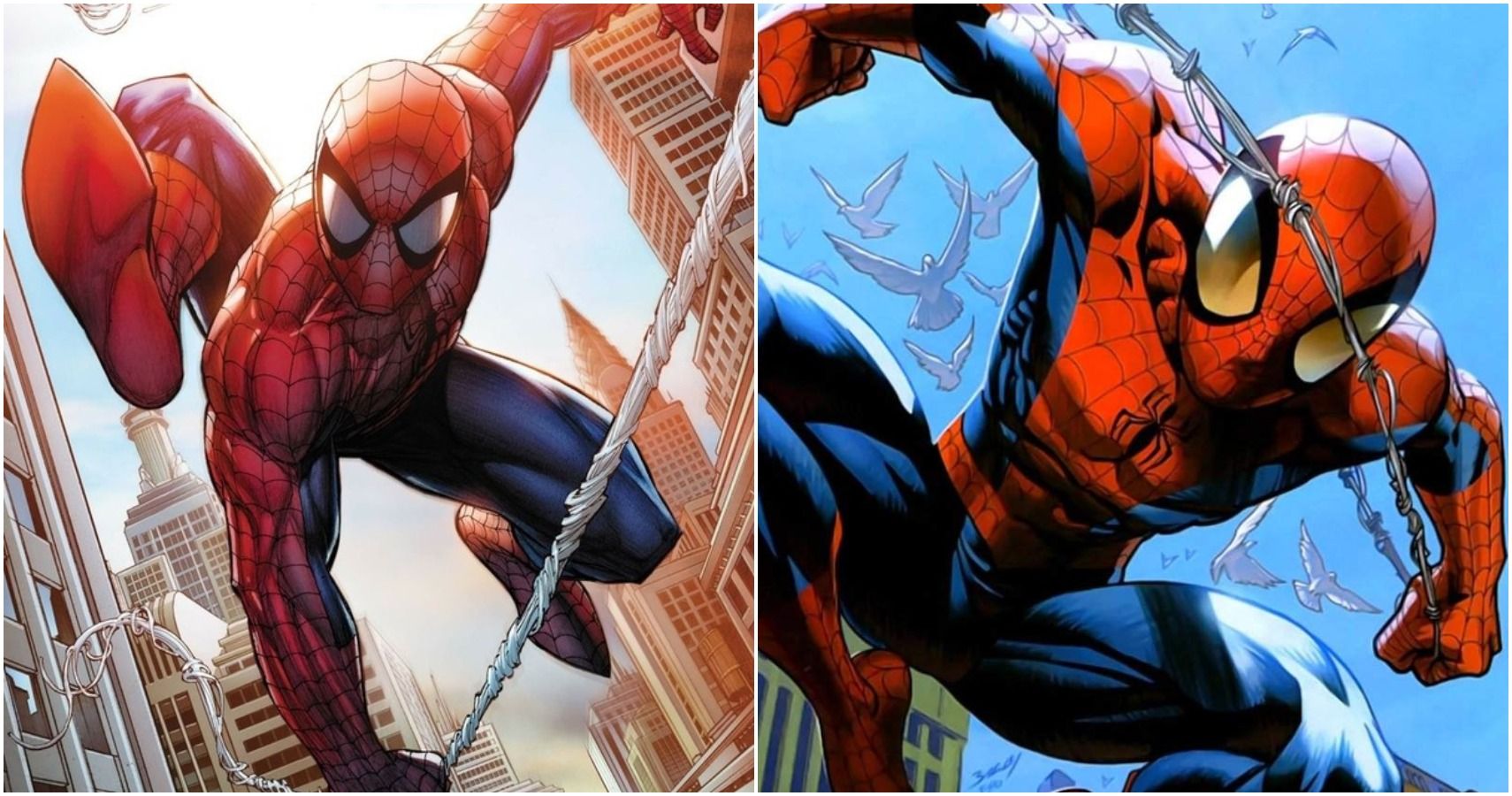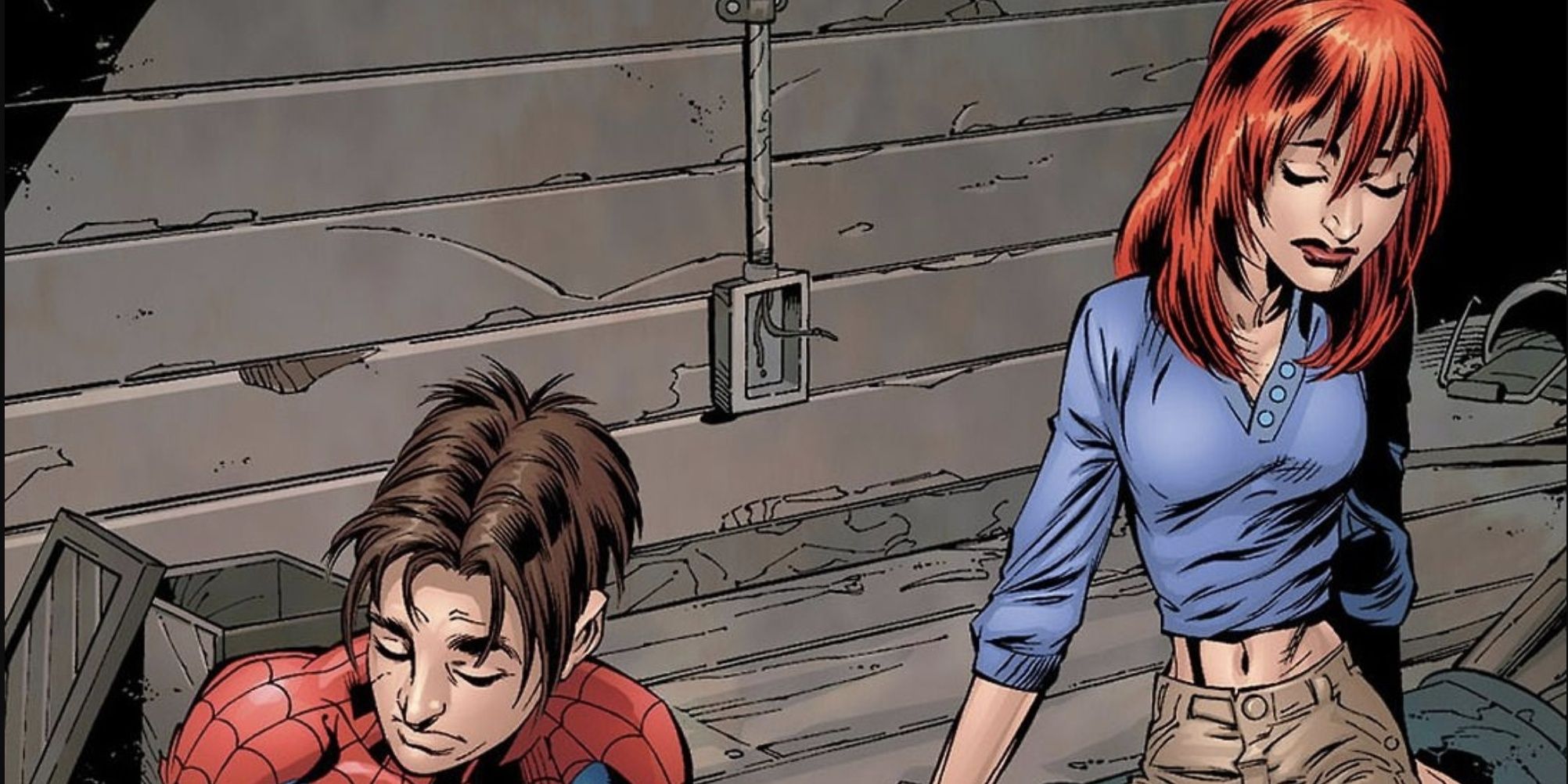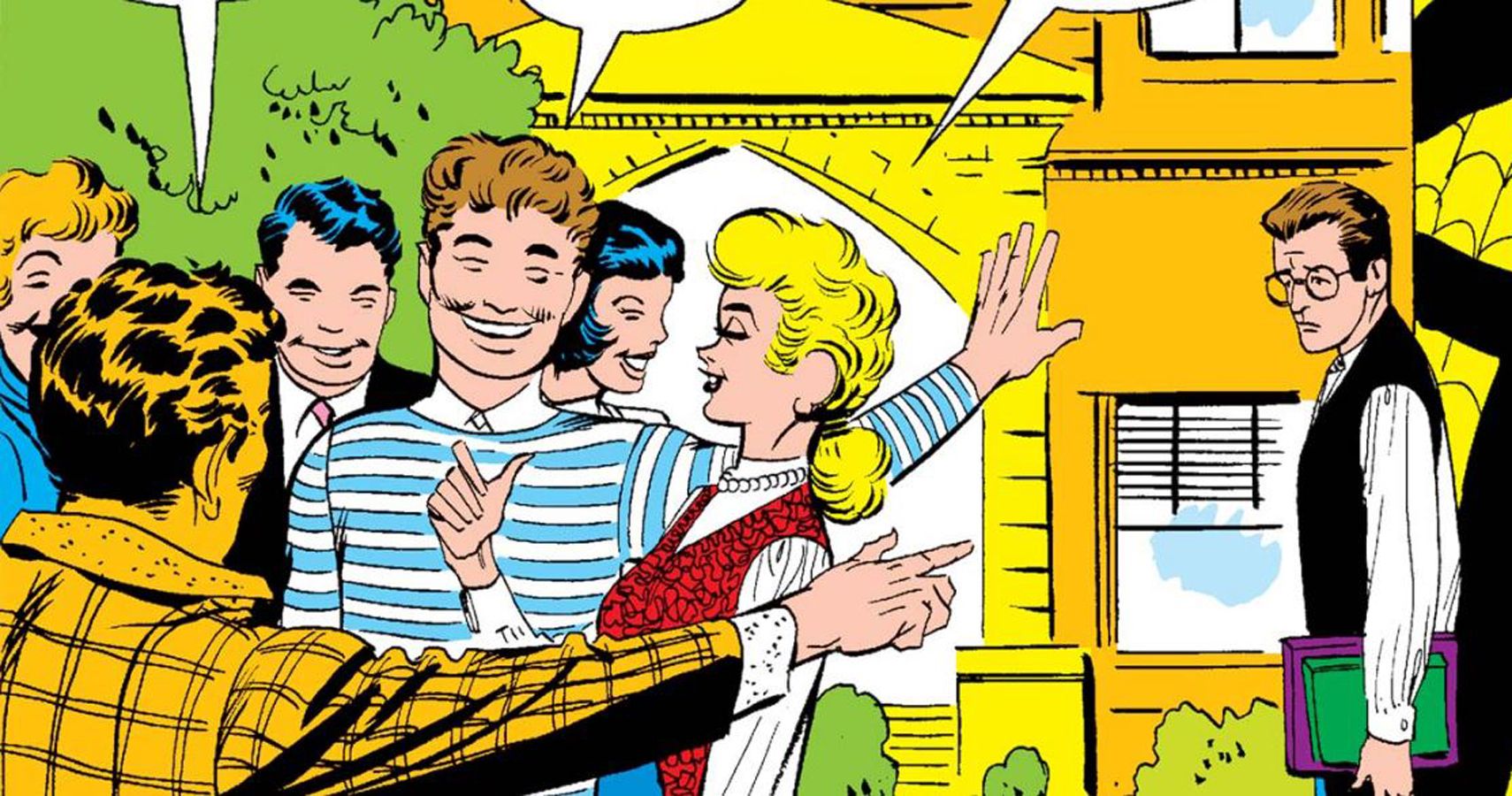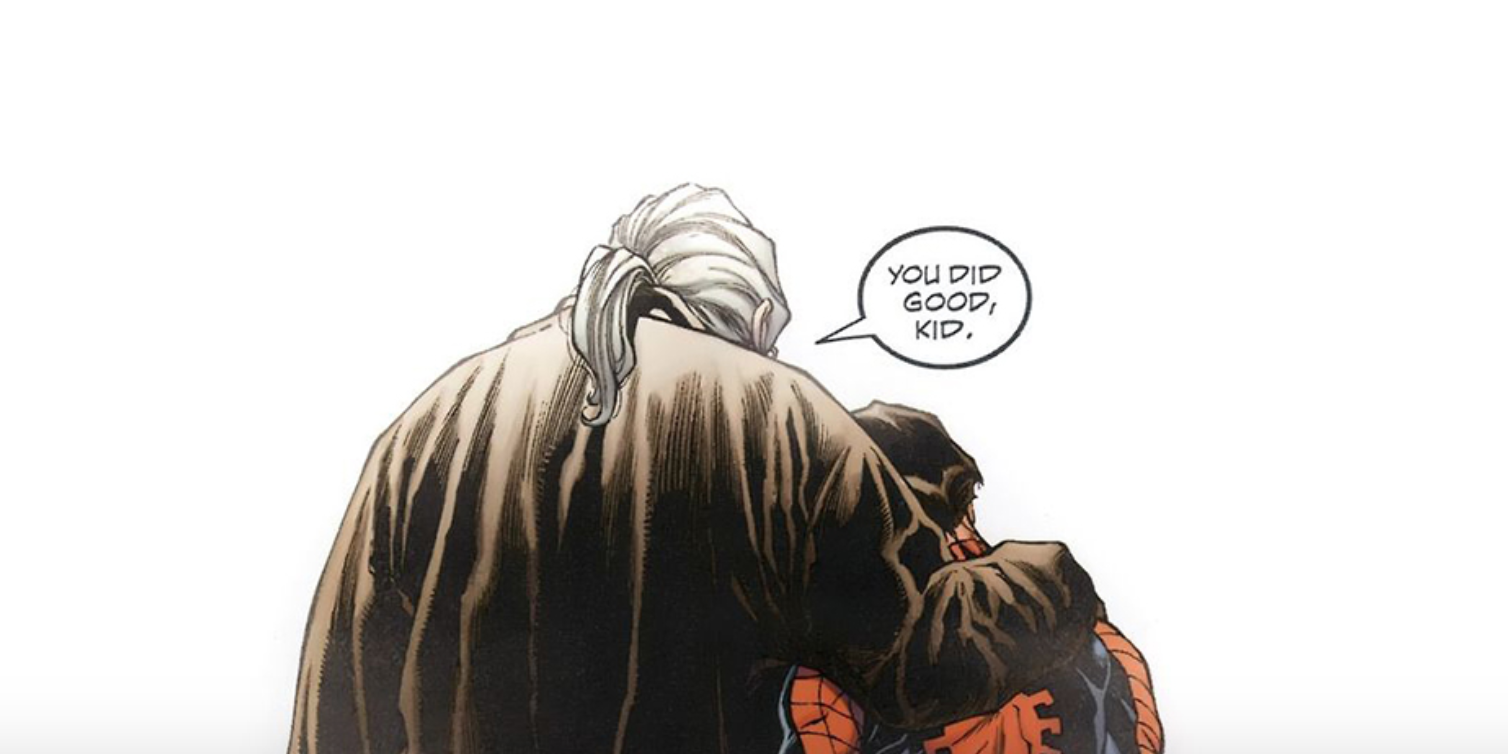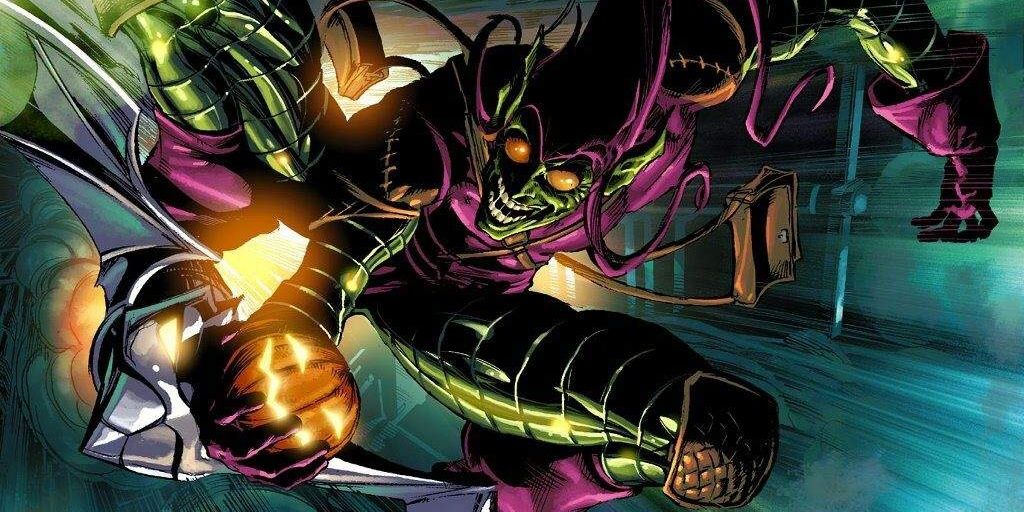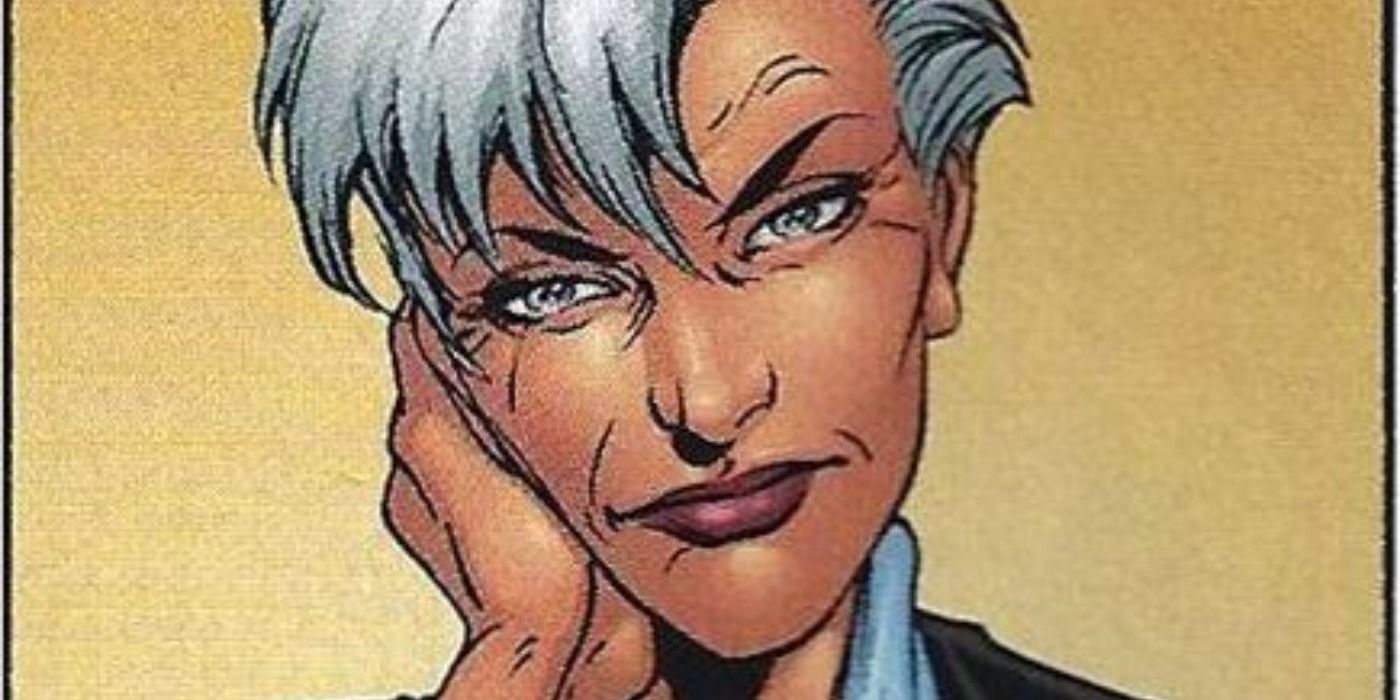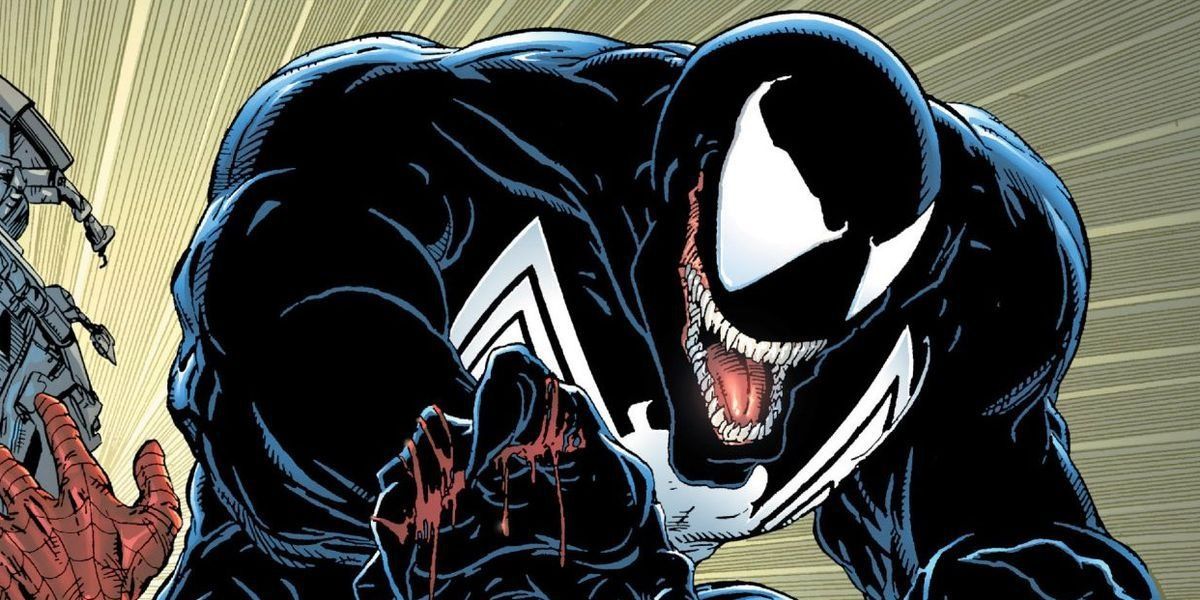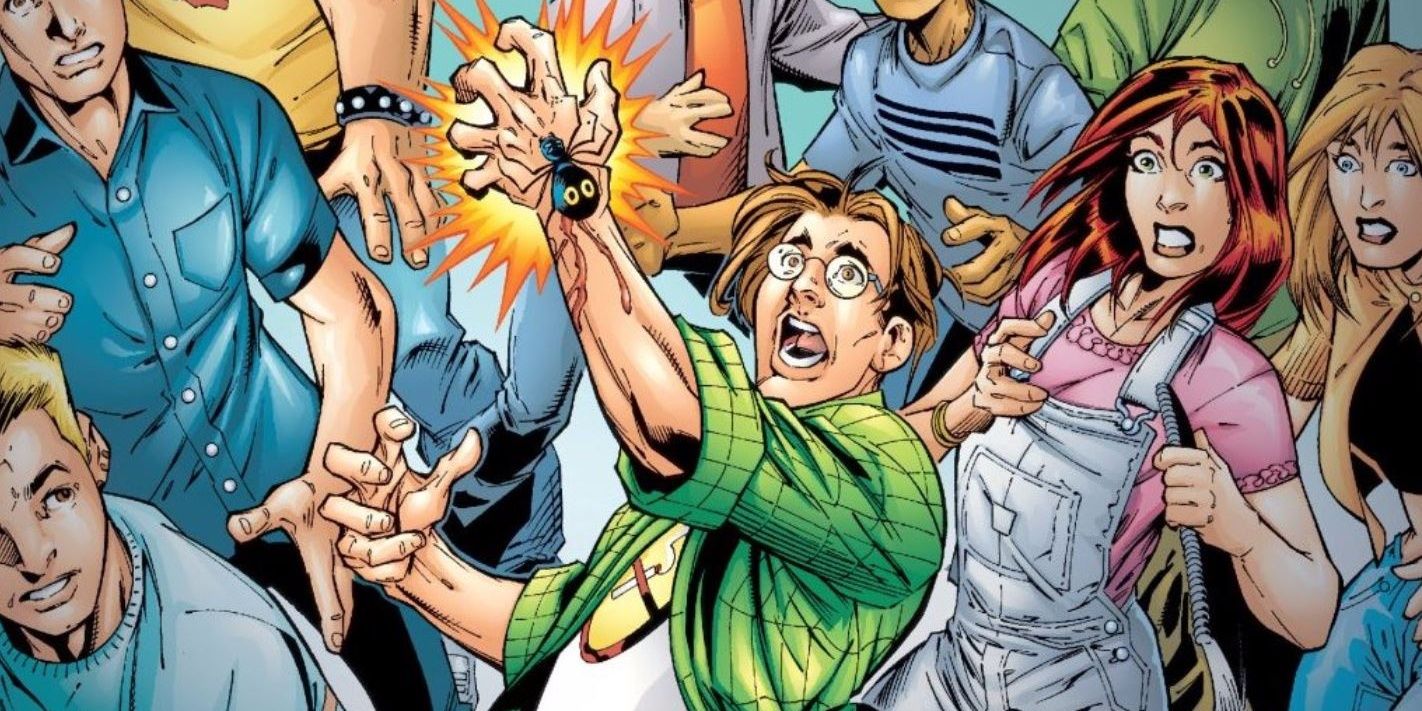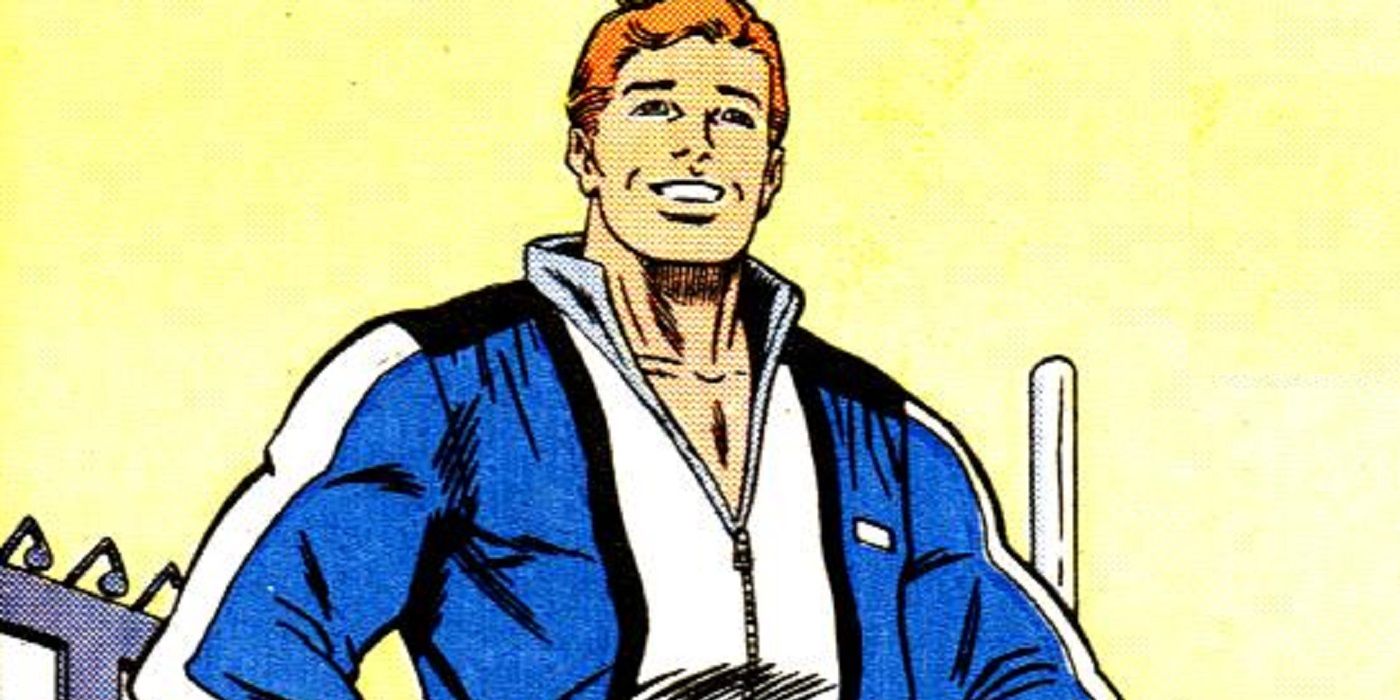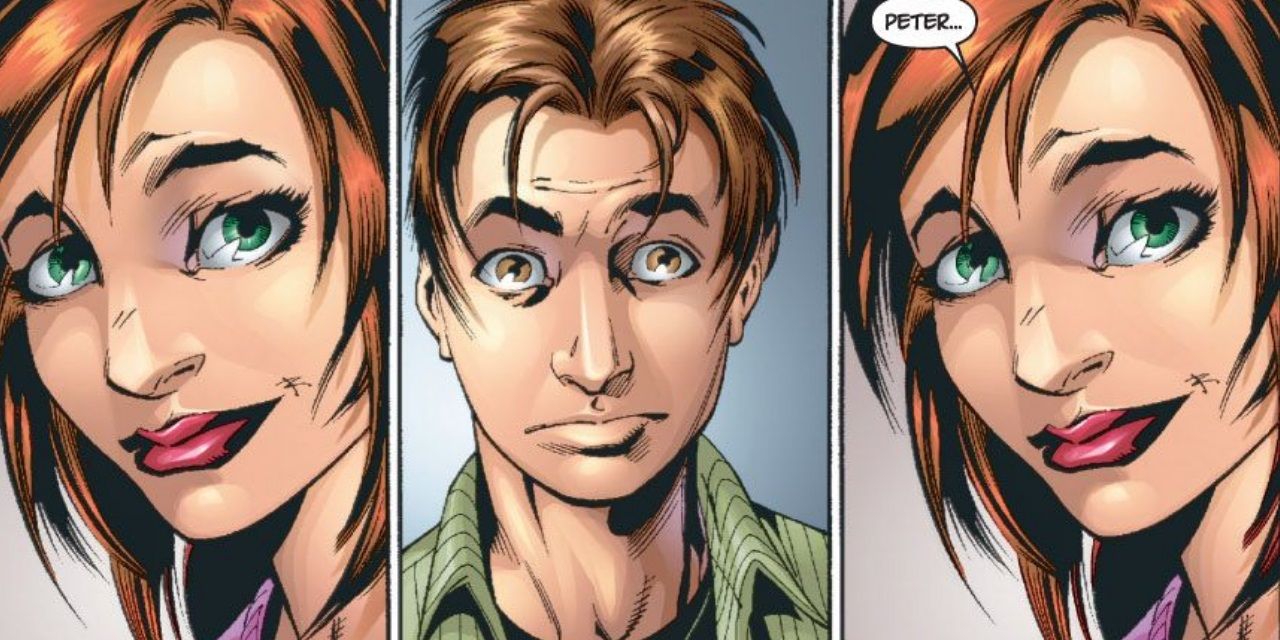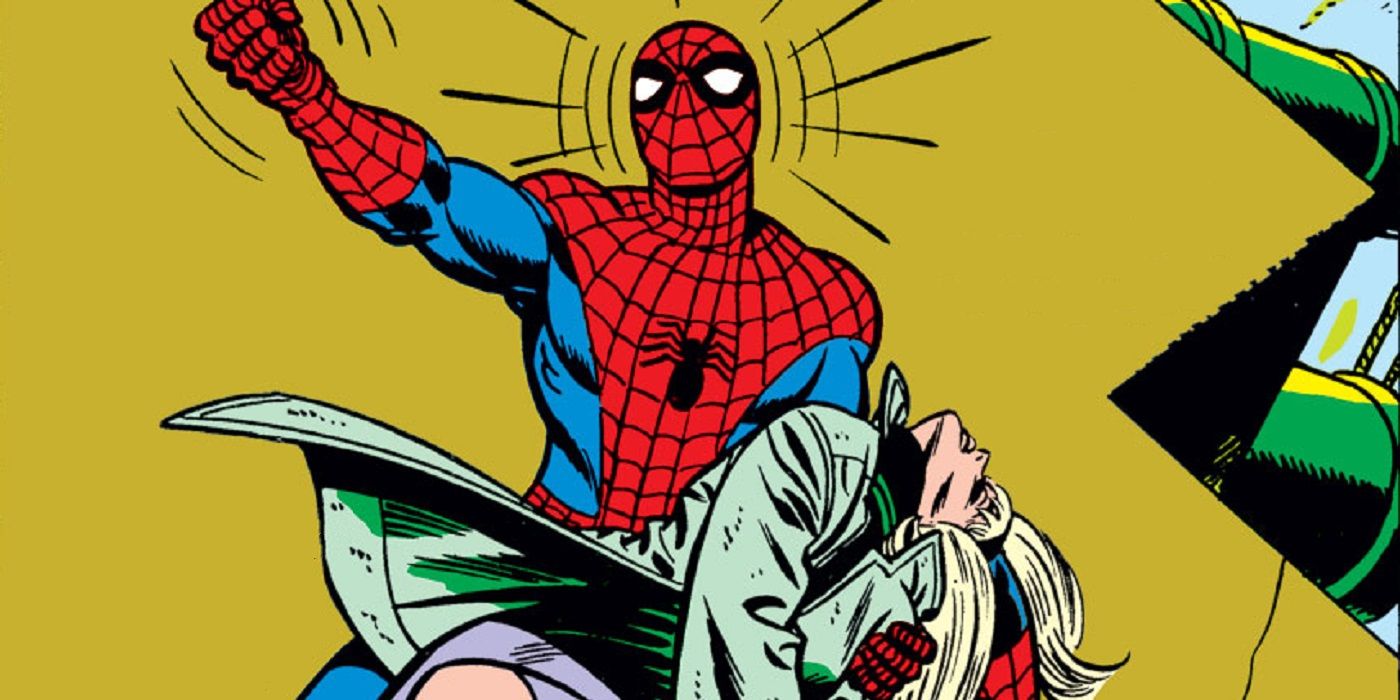Spider-Man is the most iconic superhero in Marvel's roster; the greatest of Steve Ditko & Stan Lee's creations. So in 2000, when Brian Michael Bendis and Mark Bagley rebooted the character in Ultimate Spider-Man, a retelling of Peter Parker's story for the contemporary age, it seemed doubtful they could recapture the magic Ditko & Lee's original creation.
20 years on, Bendis & Bagley's 110 issue run is considered a landmark, one of the most consistently good Spider-Man runs and the beginning of the Ultimate universe. Compared to the classic Earth-616 Spider-Man, however, how does Earth-1610 Peter Parker stand up?
10 Ultimate: Character Drama
The greatest innovation of Spider-Man's character was to create a superhero who faced the same down-to-Earth problems his readers did. While still a great innovation, the early Spider-Man comics themselves, with dialogue that's stilted by modern standards and the need to wrap everything into a formulaic, single-issue structure, don't quite resonant the way they once did. This is why Bendis' writing was so crucial to Ultimate Spider-Man's success, especially his strength with dialogue - Bendis' Peter Parker was a character that readers truly cared about and invested in. They'd be just as interested to see his relationship struggles with MJ as they would his next fight with the Green Goblin.
9 616: Progression Of Time
While Marvel's superheroes are notorious for their un-aging, frozen-in-time nature, 616 Peter Parker, until the last decade or so, always had a greater sense of forward momentum that many of his fellow superheroes. Debuting in Amazing Fantasy #15 as a 15-year-old, he graduated from Midtown High School in Amazing Spider-Man #28, enrolled in Empire State University, and eventually even married in The Amazing Spider-Man Annual #21. In short, readers got to see Peter grow up, even if on a slowed time scale. In contrast, Ultimate Peter remained a High School sophomore for the entirety of Bendis' run. Despite the Ultimate universe being more grounded than 616, this is one area where Ultimate proved more exaggerated.
8 Ultimate: Uncle Ben
If you know anything about Spider-Man, it's probably his origin and the lesson he learned from it: "with great power comes great responsibility." It's one of the best origin stories in comics since it demonstrates what happens when a hero fails to act and instantly made Spider-Man into a more fallible, and thus human, character.
Ultimate Spider-Man depicted Uncle Ben and his demise in much the same manner as the original story did, but unlike in the original telling, Ben stuck around for five issues rather than just one. Readers got a better sense of his relationships with Peter and May, which made his inevitable death sting more.
7 616: The Green Goblin
Norman Osborn, aka the Green Goblin, is the arch-enemy of Spider-Man in both the classic and Ultimate universes, but this is one case where the classic depiction wins out. While the Ultimate universe cleverly tied Spider-Man and the Goblin's origins together by having both of their powers bestowed by the drug Oz, Ultimate Goblin was stripped of the iconic, Halloween-inspired iconography; his costume, his bat-shaped glider, and his pumpkin-bombs. Instead, Ultimate Osborn physically transformed into a demonic, green-skinned beast, and as a result, came off as a bargain-bin Hulk.
6 Ultimate: Aunt May
Peter's Aunt May has been the most consistent member of his supporting cast for all of Spider-Man's publications. However, under Lee's pen, the classic Aunt May was never the most well-rounded character, alternating just between "doting" and "frail" while often having no story purpose beyond making Peter feel guilty for his inadequacies. Ultimate Aunt May, in comparison, is a much more likable and well-rounded character, caring but with a no-BS attitude. In Ultimate Spider-Man #160, she even fells Electro with a shotgun.
5 616: Venom
Venom is another iconic villain in Spider-Man's rogues gallery where the classic iteration beats out the Ultimate interpretation. Introduced in the eponymous storyline that ran from issues #33-39 of Ultimate Spider-Man, the Venom was reimagined from an alien parasite to an attempt at curing cancer invented by Richard Parker & Edward Brock Sr.
This change robbed Ultimate Venom of much of the classic character's inherent creepiness, not helping matters was that he proved a far less recurring foe than his 616 counterpart. The Ultimate "black suit" storyline was a one-issue event, and after being defeated at the end of his debut storyline, it took Eddie Brock over 80 issues to return.
4 Ultimate: Tying Things Together
One advantage Ultimate Spider-Man had was pre-knowledge of established lore and characters, unlike Lee & Ditko, who had to create that very lore themselves from the ground-up. Nonetheless, this meant that Bendis & Bagley were able to make the overall world of Spider-Man fit together in a more cohesive fashion. As a result, Mary-Jane Watson & Harry Osborn are introduced right off the bat rather than 30 issues in, Eddie Brock is a childhood friend rather than just a random reporter who Spider-Man accidentally wronged, and Peter acquired his powers from the same source as his two greatest enemies: the Goblin and Doc Ock. As a result of these changes, the setting and series feel more consistent.
3 616: Flash Thompson
Flash Thompson may be the only Spider-Man character whose Ultimate re-interpretation was less complex than the original. Introduced as a stereotypical jock bully for Peter, the first hint Flash wasn't all bad came from his idolization of Spider-Man, ironically the same kid he picked on during school hours. Eventually, Flash matured, and he and Peter became good friends; Flash was even Peter's best man at the latter's wedding. Ultimate Flash, however, remains a cruel-hearted bully to the end, even showing a bigoted side when former X-Women Kitty Pryde transferred to Mid-Town High.
2 Ultimate: Mary-Jane Knowing Peter's Identity
While it was eventually revealed that Mary Jane had discovered Peter's identity as Spider-Man on her own, it took until Amazing Spider-Man #256 for her to share her awareness with Peter. In contrast, Ultimate Peter shared his secret with Mary Jane in issue #13 of his series.
MJ's role as Peter's confidante brought the two closer and ensured Peter's turmoil wasn't all internally expressed as it so often was in Amazing Spider-Man. All successful relationships must be built upon trust, and Peter trusting MJ to keep his secret was the beginning of one of the best iterations of his relationship with her.
1 616: Death of Gwen Stacy
Gwen Stacy was among the characters most substantially re-imagined for Ultimate Spider-Man, going from a sweet-hearted girl next door to a rebellious punk, and from Peter's first love to his surrogate sister. While the death of his Gwen may have shattered the world of 616 Peter Parker irrevocably, Ultimate Gwen's death at the hands of Carnage felt much more arbitrary. Perhaps recognizing it was a mistake, Ultimate Gwen was eventually resurrected, unlike her mainstream counterpart who has remained dead for almost 50 years. The Night Gwen Stacy Died remains an iconic story, but it's not necessarily one that a more modern retelling of Spider-Man should have adapted.

